The Most Common Vehicle Service Costs to Budget for
Facts about basic car maintenance
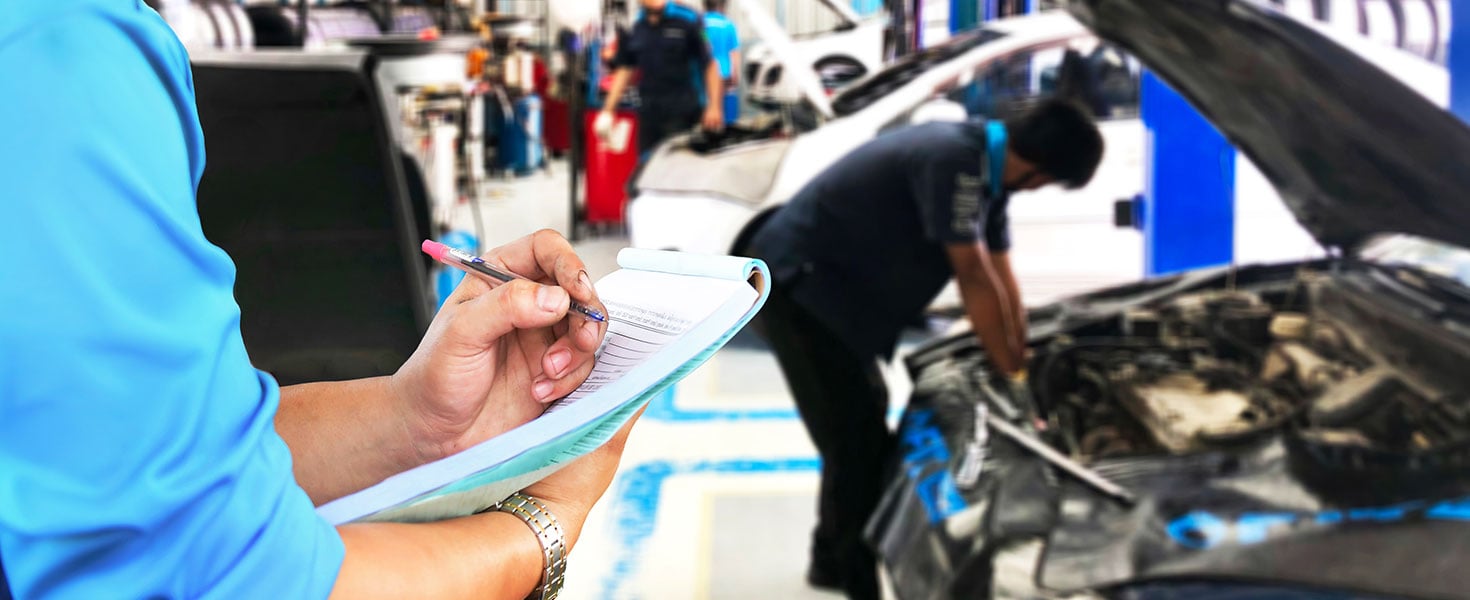
Take good care of your car, and chances are it will take care of you. It all starts with timely maintenance, which helps keep your vehicle in top shape and ensures your safety on the road. But what does it really cost to maintain a vehicle? Here are five of the most common service costs you can expect throughout the course of car ownership, and questions to ask your mechanic or technician:
- Oil Change
- General Tune-Up
- Brake Job
- Tire Replacement
- Cooling System
Unless you have an electric or other alternative-fuel vehicles, you’ll need to change your oil routinely. Your engine needs to stay lubricated to run properly, and oil breaks down over its time of use. Changing the oil is a simple but crucial part of maintenance that can help prevent expensive problems down the line.
Luckily, modern vehicles will track your mileage and let you know when your vehicle is due for a change.
Today, most modern vehicles can go 5,000 to 7,500 miles between conventional oil changes. If you’re looking for the best motor oil, consider a full synthetic. These oils will last anywhere from 10,000 to 15,000 miles between changes. Don’t forget about the oil filter, either. Neglecting to replace your filter or using a low-quality product can result in dirty oil, or worse, a damaged engine.
The cost of an oil change can vary, depending on everything from the car you drive to the parts you use. Some vehicles may require larger quantities of oil, while others may require a specific oil grade not shared with other vehicles, which can influence the materials costs. It never hurts to ask for a breakdown of parts and labor, so you can see exactly how much it costs. You’ll want to ensure that you’re getting a quality filter and oil, ideally based on the manufacturer’s recommendations. A $19.99 oil change special may be tempting but may not always use the best filter and oil available.
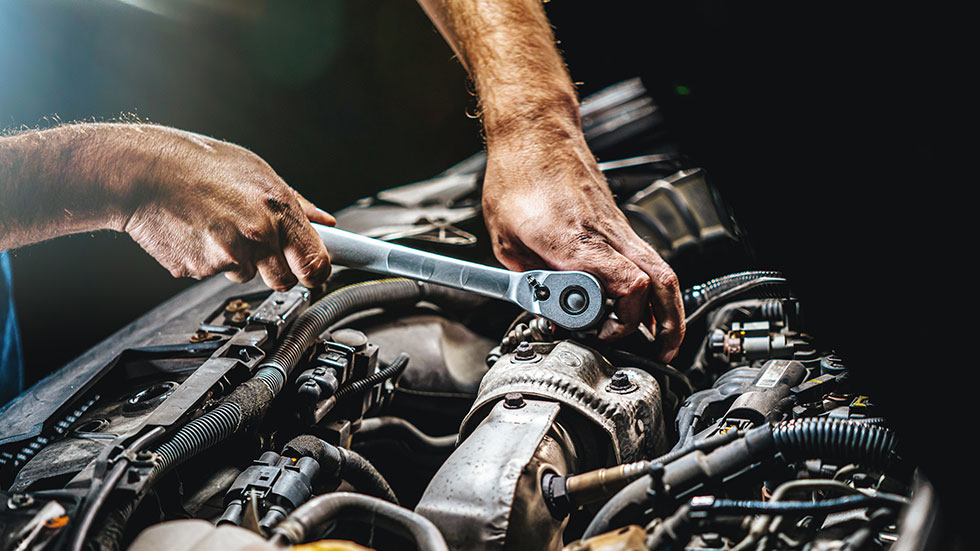
General tune-up
If it’s been a while since you’ve visited a full-service mechanic, it may be time for a general tune-up. Smaller engine components, such as the air filter, spark plugs, and fuel filter degrade with use, which can reduce your engine’s performance and even its fuel efficiency. Many automakers recommend getting these components replaced at regular service intervals, such as 30,000, 60,000, and 90,000 miles.
The individual cost of these parts usually isn’t expensive. Most of the costs will go toward labor, although you should consider asking about the parts that will be used. For most people, OEM parts will help ensure that your vehicle runs as the manufacturer intended. Going aftermarket may be less expensive in the short term but may not offer the same performance and reliability.
A tune-up can provide a great opportunity to get an idea of your engine’s overall health and condition. After the work is complete, you can ask about the condition of your old spark plugs and what that says about your vehicle. If the old spark plugs are overly discolored or corroded, there may be other issues with the engine or drivetrain. It’s also possible that your vehicle is in great shape and just needs a few replacement parts.
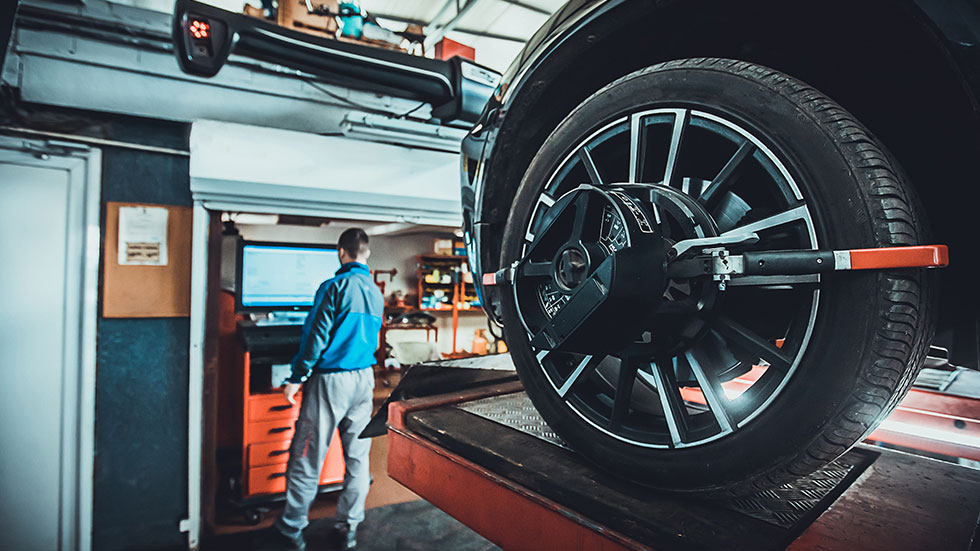
Tire maintenance and replacement
Believe it or not, tires are the most important component of your vehicle. It’s not the brakes or engine, but the rubber, that meets the road. No other part plays such a huge role in determining your vehicle’s handling, comfort, and safety. Quality, well-maintained tires can make all the difference when you’re driving through harsh weather or even braking in an emergency.
To properly maintain your tires, you’ll want to ensure that they’re inflated to the correct pressure. We recommend following to your vehicle manufacturer’s recommended tire pressure, which can usually be found on a sticker inside the driver’s door jamb. Be sure to check your tire pressure every so often and add air as needed. Don’t miss our guide on how to add air to your tires. Additionally, many service centers will check and adjust tire pressure during an oil change.
Wondering when you should replace your tires? When you bring your vehicle in for service, ask to check your tires’ current tread depth. If it’s under 2/32”, it’s time to replace the tires. To ensure even tread wear, you’ll want to rotate your tires roughly every 7,500 miles. Getting a wheel alignment every two or three years can also help with tire longevity, in addition to maintaining your vehicle’s handling characteristics. With a set of tires often costing several hundred dollars or more, an alignment will ensure you get the most from your tire purchase.
Another thing to note is that tire pricing can vary on several factors, such as size and vehicle application. As a rule of thumb, tires become more expensive as their size and width increase. Additionally, tires with specialized rubber compounds, such as summer or off-road tires, are generally more expensive than their all-season counterparts.
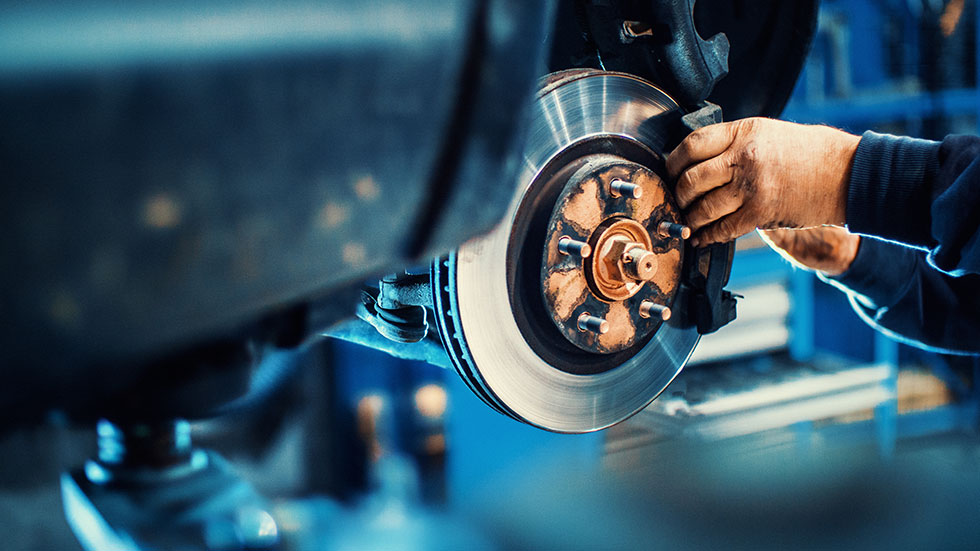
Brake pads and fluid
Every vehicle should have enough stopping power to help avoid accidents. It all starts with the brake pads. These small but mighty components clamp against the brake rotors, eventually bringing your vehicle to a stop. It’s usually recommended that you change your brake pads when they have around 3mm of material left. And, if you hear noise when coming to a stop, it could be time to replace your brake pads.
Don’t forget about your vehicle’s brake fluid either. Over time, it can get dirty and affect your brake pedal feel as well as the amount of pressure needed to stop the car. You can inspect your vehicle’s brake fluid levels by checking the reservoir above the brake master cylinder. Be sure that there’s enough fluid above the fill line and ensure that the fluid isn’t overly dark or otherwise contaminated.
It can be tricky to inspect your vehicle’s braking system on your own, especially if you’ve never seen one in new condition. You can ask your mechanic to check the remaining material on your brake pads, as well as the condition of your brake fluids and brake rotors. If you need a replacement, the parts themselves will generally be inexpensive. However, labor costs can add up, as in addition to pads, it’s likely that the brake fluid needs to be flushed and the rotors resurfaced (or replaced) at the same time. If you drive a high performance vehicle with an upgraded braking system, consumables like brake pads and rotors can be more expensive due to their specialized materials and construction.
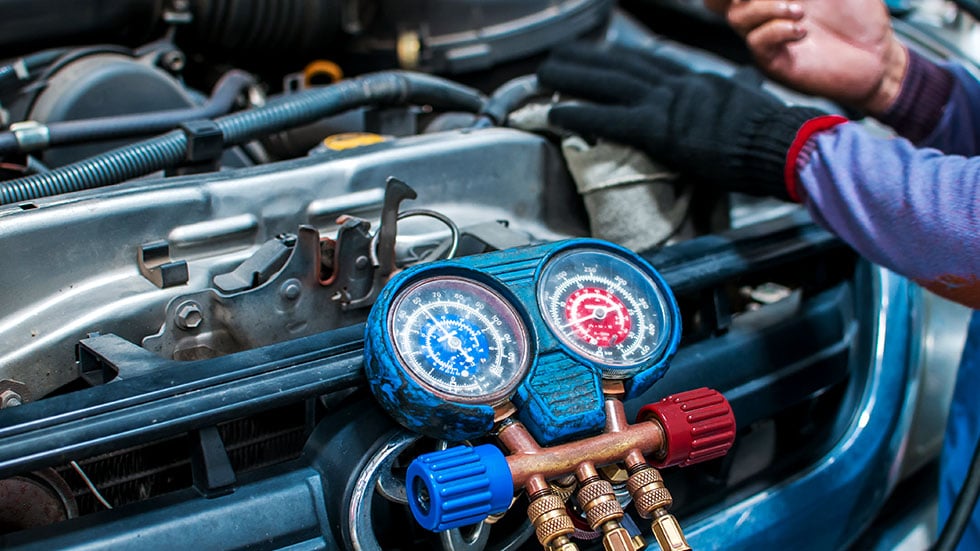
Cooling system overhaul
Internal combustion engines can get hot if they are left unchecked, which is why vehicles have extensive cooling systems to keep everything running at the ideal temperature. These systems may need replacing in high-mileage vehicles, which can help prevent an overheated engine and potential damage. You may want to keep an eye on these components before and during the summer months, when warmer temperatures arrive.
Cooling systems include your vehicle’s water pump and radiator, which age and become less effective over time. The bulk of the parts expense will likely come from the radiator or water pump, while smaller parts such as rubber hoses and thermostats are relatively inexpensive by comparison. When one part begins to fail, it can make sense to replace other components “while you’re in there” to minimize labor costs over time. You can also think of it as preventative maintenance, reducing the chance of any other cooling-related issues you would otherwise encounter while driving.
Aside from your vehicle’s temperature sensors, it can be hard to gauge when your cooling system is due for service. It can be helpful to get your vehicle inspected during routine oil changes, when such an inspection is often included as a complimentary service. But what should you ask if they find any issues? Helpful things to find out include the locations of any leaks or if any specific components are showing signs of wear, so you’ll know what the parts and labor costs are going to be used for.
This content was created in partnership with TrueCar.
